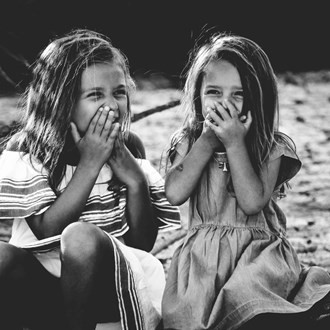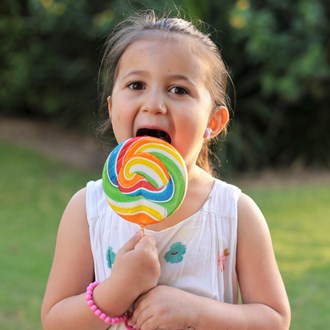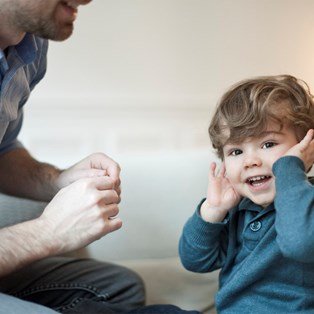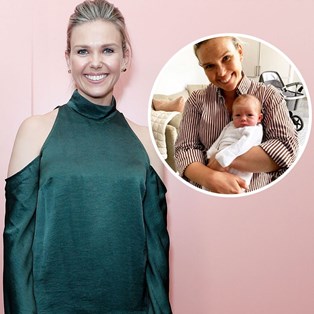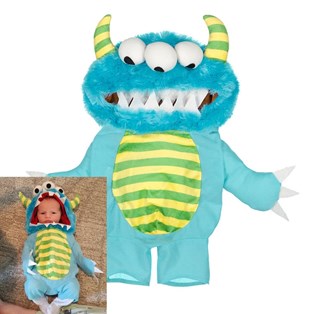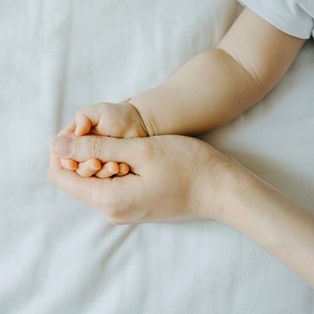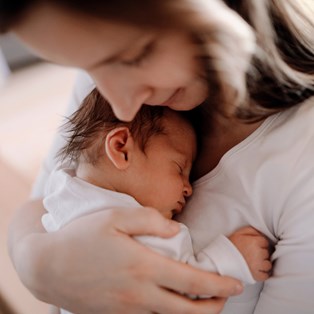Jaundice baby: What is jaundice?
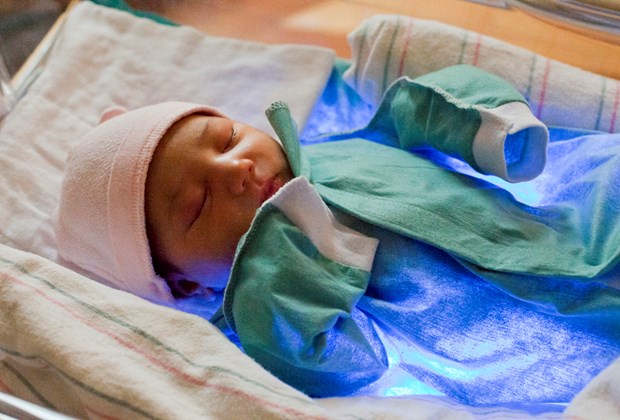
Everything you need to know about this common condition
By Practical Parenting Team
April 23 2019
What is jaundice?
By definition, jaundice is the yellow discolouration of the skin, the whites of the eyes and bodily fluids. It is caused by the build-up of a chemical called bilirubin in the blood and it can occur in adults and in babies, particularly in newborns.
Neonatal jaundice
It is common for newborn babies to have jaundice. This is because bilirubin is normally processed by the liver and this processing can take a few days in newborns as their livers aren’t yet fully developed. Six out of 10 newborns have varying degrees of jaundice and it is more common in premature babies. It usually appears on the second or third day.
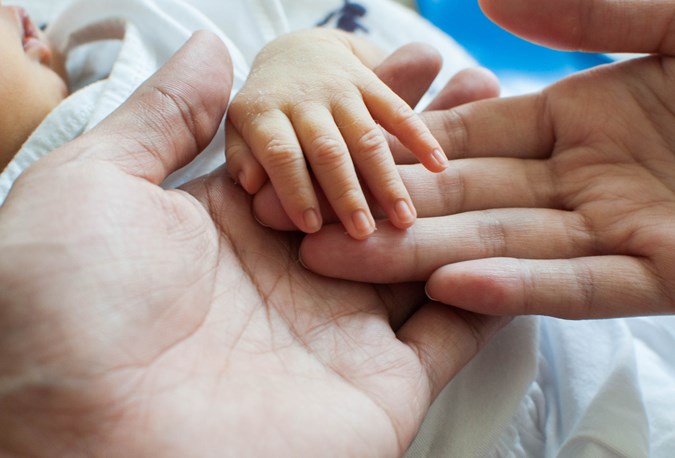
Getty Images
What are the symptoms of jaundice?
The symptoms are yellow eyes and skin and it usually starts on the face and head. If the level of bilirubin increases the yellow colour spreads to the body. Babies may also be drowsy and have difficulty feeding.
Jaundice in newborns is usually mild and will resolve on its own in a week or two.
There are some other, less common types and causes of jaundice in babies:
• Breast milk jaundice: Sometimes a chemical in the mother’s breast milk interferes with the baby’s ability to get rid of bilirubin. It usually resolves on its own in a few weeks and no treatment is necessary. There is no need to stop breastfeeding.
• Blood type incompatibility jaundice: A rare type of jaundice occurs when the mother’s and baby’s blood groups are incompatible (usually Rhesus or ABO blood group incompatibilities). This isn’t a problem during the first pregnancy because the mother’s and baby’s bloodstreams don’t mix. But some mixing might occur during the birth and the mother will then develop antibodies that become active during the next pregnancy and cross the placenta to attack the second baby’s red blood cells. This releases bilirubin into the baby’s bloodstream and this type of jaundice needs treatment.
• Biliary atresia: This rare type of jaundice is when the tubes that carry bile from the liver to the intestine become scarred. Babies with this condition look fine at first but will get very sick with serious liver disease if it isn’t diagnosed and treated early. They may also have pale poo.
• Galactosaemia: A baby with this condition doesn’t have the enzyme to break down galactose, a milk sugar. This can cause liver cirrhosis and jaundice.
Mild cases of jaundice usually just need monitoring to check the bilirubin levels. If the baby’s levels are high, they usually have phototherapy.
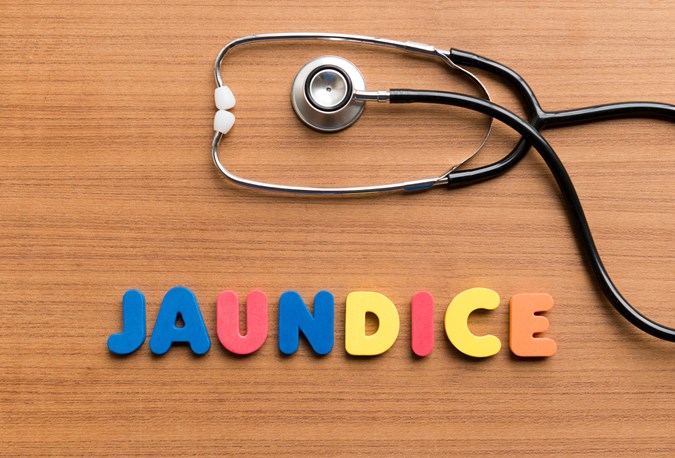
Getty Images
Phototherapy for jaundice
Phototherapy treatment uses ultraviolet light to break down the bilirubin. The baby lies naked in a cot under a blue phototherapy lamp for two to three days. Their eyes will be covered to protect them. They may need extra feeds and have a mild rash and runny poo for a few days. Very severe cases of jaundice may need a blood transfusion but this is very rare. Babies with biliary atresia will need an operation to help the bile drain.
Adult jaundice
In adults, jaundice is a sign of an underlying health problem, possibly with the liver, blood, gallbladder or pancreas.
It could be cholestatic jaundice, where the flow of bile from the liver stops or slows. The jaundice could be a symptom of a blocked bile duct, gallstones, liver disease, hepatitis or even some forms of cancer. The treatment will depend on the underlying condition.

